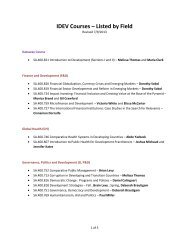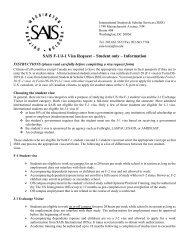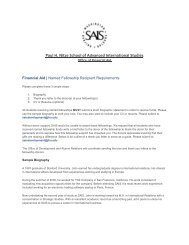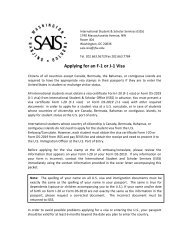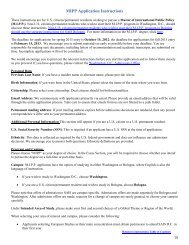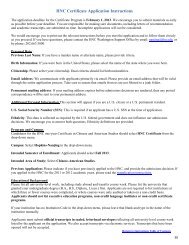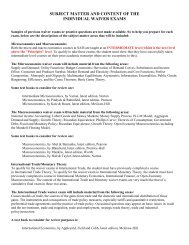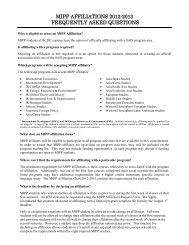Tunisia: Understanding Conflict 2012 - Johns Hopkins School of ...
Tunisia: Understanding Conflict 2012 - Johns Hopkins School of ...
Tunisia: Understanding Conflict 2012 - Johns Hopkins School of ...
You also want an ePaper? Increase the reach of your titles
YUMPU automatically turns print PDFs into web optimized ePapers that Google loves.
continued to cite statistics claiming that unemployment in the region was just above eight<br />
percent. In reality, that number was easily three or four times that. This clear disconnect<br />
between the phony narrative <strong>of</strong> the government and the day-to-day reality for the<br />
<strong>Tunisia</strong>n citizens, particularly in the interior regions <strong>of</strong> the country, fueled the mass<br />
protests that spread across the country in December 2010 and January 2011.<br />
Although the economic situation was certainly declining in Tunis, communities in<br />
the interior <strong>of</strong> the country, especially rural ones, were especially hard hit in the lead-up to<br />
the revolution. In 2008, the national unemployment rate was 14.2 % according to the<br />
World Bank (World Bank, 2011). However, this number does not reflect the gross<br />
inequality between the coastal regions and the interior, or the catastrophically high level<br />
<strong>of</strong> unemployment among the youth. The youth bulge, a demographic shift which came<br />
with the general improvement in health conditions and a declining infant mortality rate,<br />
exerted tremendous pressure on the labor market leading up to and after the revolution.<br />
Youth unemployment in 2011 was around 30%, and was most likely higher in some<br />
regions. These regions, like Sidi Bouzid, became the epicenter <strong>of</strong> the revolution. Going<br />
forward, there is a clear consensus among <strong>Tunisia</strong>ns—experts and regular citizens<br />
alike—that high unemployment, particularly among the youth and in the interior, is the<br />
greatest challenge to the nascent government.<br />
Private Enterprise<br />
According to the <strong>Tunisia</strong>n National Institute <strong>of</strong> Statistics, business activity in the north<br />
and east <strong>of</strong> the country (the coastal regions) not only dwarfs the amount <strong>of</strong> private<br />
business in the interior regions, it also grew at a faster rate between 2005 and 2010. As<br />
can be seen from the table below, the north-east region (which includes Tunis) has both<br />
the largest number <strong>of</strong> private businesses, as well as the highest level <strong>of</strong> growth with an<br />
increase in the private sector by 29%. The region with the next highest level <strong>of</strong> private<br />
sector activity was the center-east, which grew by 27%. The average growth in business<br />
in the center-west regions and the south-west regions was comparatively low at around<br />
19.6%. The north-west region and south-east regions are a mix <strong>of</strong> coastal and interior<br />
provinces.<br />
29



